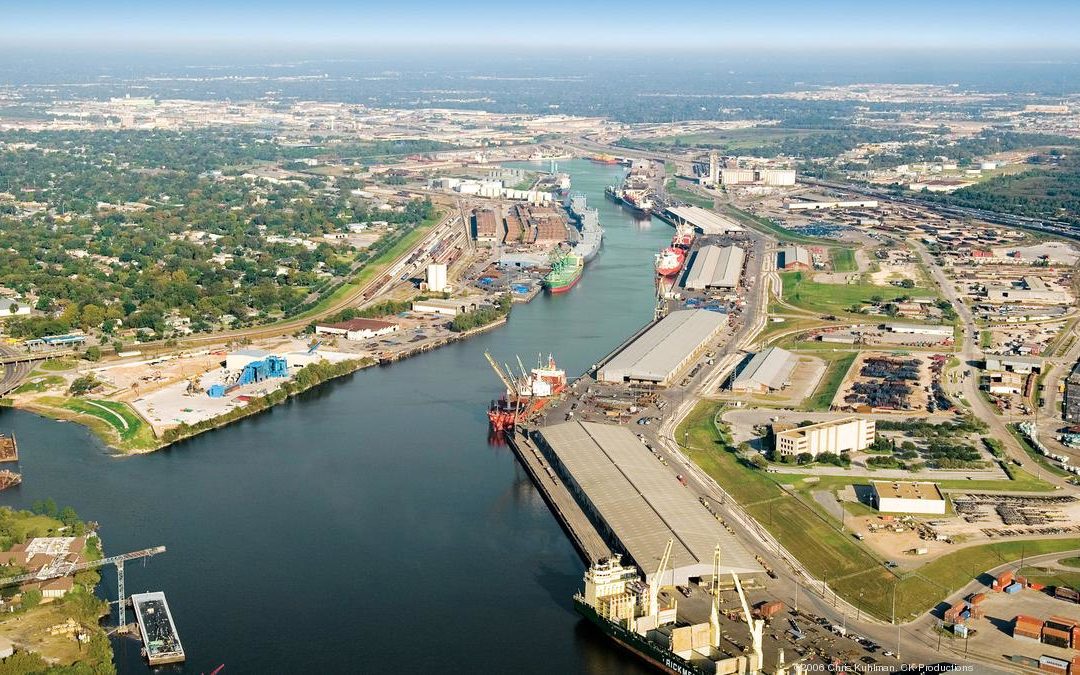
Tony Mueller, Director
GRS | Corteq
(312) 476-7621
[email protected]
From the tragedy of Hurricane Harvey to the Astros winning their first World Series, 2017 was a year of highs and lows for the Houston metro area. The industrial sector of commercial real estate in the area was reportedly one of its positives.
A report by Colliers International, in conjunction with SIOR (Society of Industrial and Office Realtors), says that that industrial in Houston has displayed “resiliency” despite challenges from the storm and problems due to oil pricing.
Vacancy rates are 5.4 percent, only rising from 5.2 percent during the same year-ago period. Though rents lagged from the prior year, unemployment dipped to 4.3 percent in November 2017, from 5.2 percent during the same month in 2016. The northeast corridor of the metro area boasts a vacancy level of three percent. The northernmost part lags the most, with a 7.7-percent rate. Meanwhile, it is projected that the city’s population is projected to double, to 15 million, by 2050.
Writes Walker Barnett of SIOR and Colliers: “Houston has been a late-comer to the unprecedented growth of e-commerce logistics. Not only have we seen multi-million SF investments by Amazon, UPS, FedEx and other providers, but we are also seeing providers to these major distributors seeking to establish regional distribution and return centers related to online sales.”
As a result, there is a lot of construction taking place, with close to 2.8 million square feet of new development online during the area’s latest two quarters, including 700,000 square feet of spec space underway by Oakmont Industrial Group, of Atlanta.
There is also reported activity around the Port of Houston, where retailers such as Walmart, The Home Depot and IKEA are all making investments to get their products shipped through the facility, in part due to the widening of the Panama Canal.
Overall leasing in Houston industrial jumped 11.8 percent quarter over quarter during the final three months of the year, says Colliers.
If national trends are a barometer for Houston, an NREI survey on the industrial market, which says that it is overtaking multifamily as the dominant CRE asset class, should bode well for the area. A majority of respondents to the survey, 66 percent, said that increased expansion of the sector will last at least a year. The driver of this is e-commerce, which saw sales increase 16 percent year over year.
About 48 percent said they would hold their industrial assets over the year, while 38 percent are interested in buying and only 14 percent want to sell.
If these national trends continue, and Houston’s recovery from Harvey is successful, it’s probably safe to assume that we’ll see the nation’s fourth-largest city reap the benefits of continued industrial growth.
About GRS Group:
GRS Group is a leading provider of commercial real estate (“CRE”) services worldwide. With offices across the United States, Europe, and affiliates around the globe, GRS Group provides local market knowledge with a global perspective for institutional real estate investors, occupiers and lenders worldwide. The GRS Group team has evaluated and advised on over $1 trillion in CRE transactions.
Through the company’s proprietary management process, Global Services Connection, GRS Group delivers an integrated suite of services including Financial Advisory, Transaction Management, Assessment and Title Insurance. We provide a single point of contact, capable of leveraging the GRS Group portfolio of companies and delivering customized solutions to assist our clients in achieving their investment goals.

